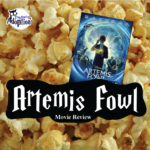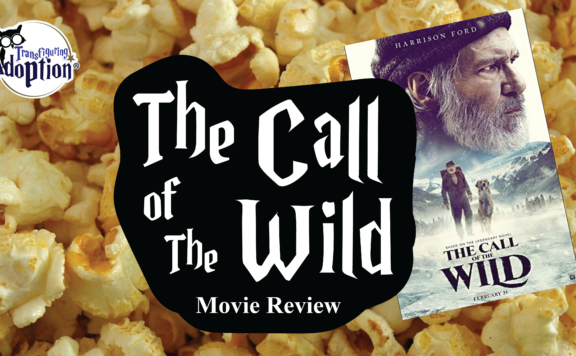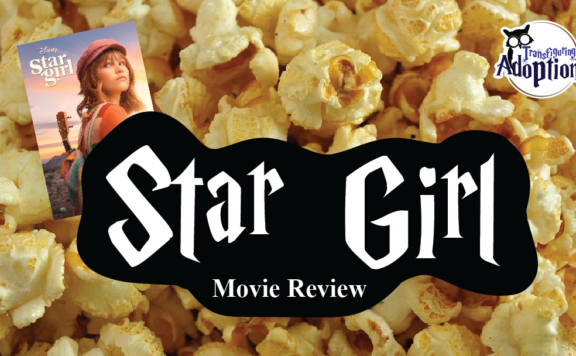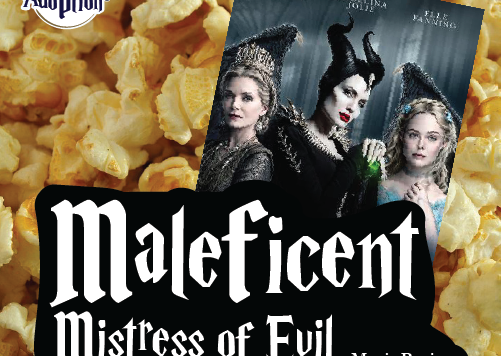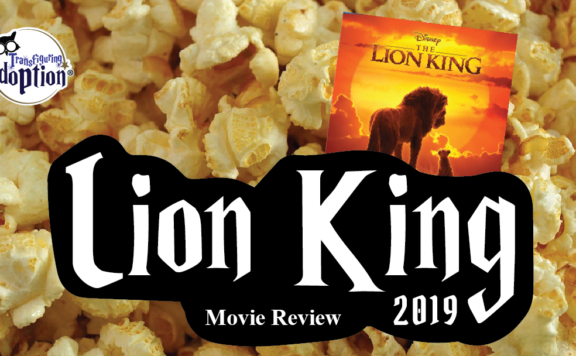Discussion Guide:
- Why was Artemis not willing to talk to Dr. Po?
Caregiver Note: Think about some of the more painful and uncomfortable things you, as an adult, have endured in your lifetime. Now imagine divulging all of those things to a stranger whom other strangers tell you is trustworthy and is here to help you. That is exactly what caregivers and child welfare system workers are expecting from children and youth when they start therapy. While every child will have different comfort levels in discussing hard things, across the board it can be anticipated that children are not going to jump at the chance to tell just anyone about things that hurt them or have a large emotional weight. It takes time to develop trust. Children or youth may also identify how aggressive Dr. Po addressed Artemis at times and how he didn’t appear to be in control of the situation. These are also things that are not going to help most children open up to new adults. - What would have made it easier for Artemis to talk to Dr. Po about hard things?
Caregiver Note: Allow the child to explore different ways Dr. Po could have addressed Artemis. Explore what they did while they met (i.e. – sitting far away across a desk vs. sitting together, doing an activity vs. not doing an activity, Dr. Po’s tone, the room decor, having windows all around the office, etc.). - What makes it easier for you to talk about difficult things with adults?
Caregiver Note: This is a rare chance to hear directly from your child or youth what they need from you. Often caregivers must rely heavily on the child or youth’s behaviors to give clues on how a child’s needs must be met, but here we can come up with ideas on how to better support our children when they talk about hard things or are in crisis by hearing what they find helpful. When a child is stuck, help prompt with some of the examples you discussed in regards to what Dr. Po could have done better. - Why did Holly want to know what happened to her father so badly?
Caregiver Note: Because biological parents are often a child’s first relationship children and youth will long for their birth family even after they have been done for a long period of time. For this reason caregivers should be prepared to discuss biological families with their foster or adoptive children. Of course, there are sometimes pieces of parent history that maybe can’t be talked about in full detail at a child’s current age so caregivers should consult with child welfare workers or therapeutic providers on how to best discuss some topics in an age-appropriate manner. - Why did Commander Root try to prevent Holly from investigating her father’s death?
Caregiver Note: Though Commander Root is not portrayed as a “warm-fuzzy” kind of lady, it is clear in her attentiveness to Holly and her safety that Commander Root cares a great deal for Holly’s safety and wishes to keep her safe. Commander Root still maintains an air of professionalism as Holly’s superior and must treat her like her peers, but to her best ability is trying to watch out for Holly’s physical and emotional well-being. - Have there been times you felt like adults weren’t telling you the full story? How can I help when things are on a “need to know” basis?
Caregiver Note: This is another question that will allow a caregiver to hear from the child or youth directly about what they need. I know as a parent sometimes this can very much be a tricky area and it is vital for caregivers to have a support team to help navigate what information is needed and how to best share information in an age appropriate, therapeutic way. However, it’s important that teams do consider discussing some concerns with children and youth as often the children and youth in question are filling in blanks with their own imaginations and that can often be more damaging than letting a child know some harder pieces of information. This will also allow for trust to be built as the child can consistently see you will engage in their need for truth and reassurance, as the caregiver who is there to handle intense emotions that may come with new information. - Artemis and Holly do not trust many adults. Why do they trust Artemis I, Dom, and Commander Root?
Caregiver Note: Throughout the film it is indicated that each of these adults has identified Artemis and Holly’s strengths and has helped cultivate these strengths. It is indicated as well that each of these adults will step in to protect Artemis and Holly as the bigger, stronger, wiser adult whenever possible and have instilled a lot of care in wisdom in their time of influence. Some examples can include Commander Root encouraging Holly being a good officer in her career, Dom and Artemis I giving Artemis II instruction and discipline in areas of knowledge and self-defense, and Dom and Artemis I giving Artemis II encouragement to pursue his strengths and positive outlets for his intelligence and creativity. - What can I do to help you grow? What can I do as an adult who cares about you to help pursue things you care about?
Caregiver Note: This can be a great time to talk about extracurricular and social activities a child or youth may want to pursue. Often a caregiver may fall into routines from before the child and forget to provide a child with creative or educational outlets that will meet the child or youth interest and allow them to explore related strengths. Take note to strive to “Know” before saying “No”. Be aware of any policies that may relate to the activities the child or youth may have an interest in and be prepared to way the benefits and risk of these activities based on the policies set forth that must be considered, the benefit to the child socially, how the activity affects the family, the child’s maturity, whether it is an age-appropriate activity, and any safety precautions that may need to be addressed to allow the child to participate. Again, always consult any child welfare system workers or therapeutic supports involved to ensure all needs for safety are being met. - ACTIVITY: LEPrecon Recon
Caregiver Note: This is a game like Hide and Go Seek or Sardines. One player will hide within a designated area while everyone else works as a team on a reconnaissance mission to “rescue” the hidden player. The player who finds the hidden player gets to hide next.This activity is to promote fun and to help with bonding. Talking through issues is very important, but the little things in life allow us to develop relationships with others, and children especially require some fun to build positive associations with caregivers. Caregivers of course should still keep an eye out for everyone’s safety, but getting outside and being silly is overall healthy physically and emotionally for a family. - ACTIVITY: Mulch Boxes
Caregiver Note: This is a great activity for younger children especially who enjoy tactile play and can even be done while discussing the movie. Children (and some youth) may struggle with face to face discussion so having an activity to do with their hands can often help alleviate stresses from social interaction. With this you will need a plastic or cardboard box for each child, some sand or loose soil, and a few small “treasures”. Think dollar store figures or even neat looking rocks from the yard. While talking, take some time for each player to carefully hide 5 treasures in the sand or soil, and maybe some bits of leaves, sticks, or larger rocks to create a terrain on the surface. Increase the size of boxes and treasures for more difficulty. Then, swap boxes and have each player use a spoon to find as many of the treasures as possible without lifting the spoon from the box, meaning that the player will need to slowly sift through the terrain in creative ways to keep the spoon touching the contents of the box (as we don’t see Mulch coming up for air in the movie when he tunnels around) for 60 seconds. Reset and continue to pass boxes until one box has had all the treasures found.
[Donate to this Project]
NOTE: Inclusion on these lists does not necessarily mean endorsement. Furthermore, with all our resources, we highly recommend you preview them first to determine if there are any trauma triggers that your child may not be ready to handle. Transfiguring Adoption does not intend for its reviewers nor its reviews to be professional, medical or legal advice. These reviews and discussion guides are intended to help parents to better be able to connect and understand their children who come from traumatic backgrounds.
